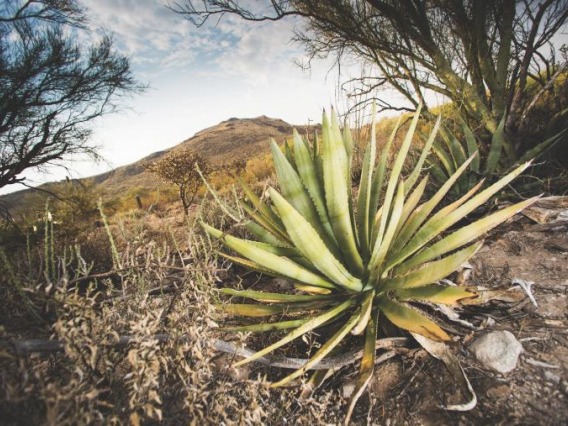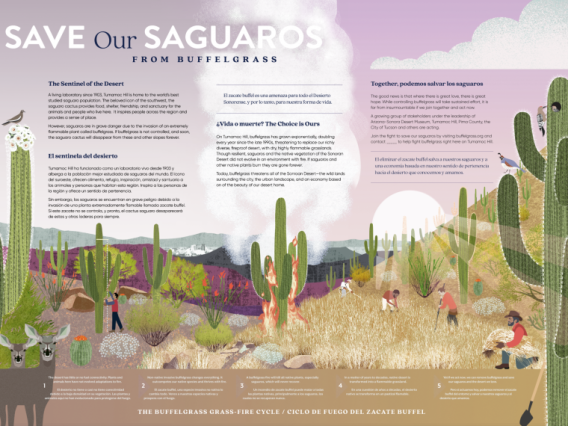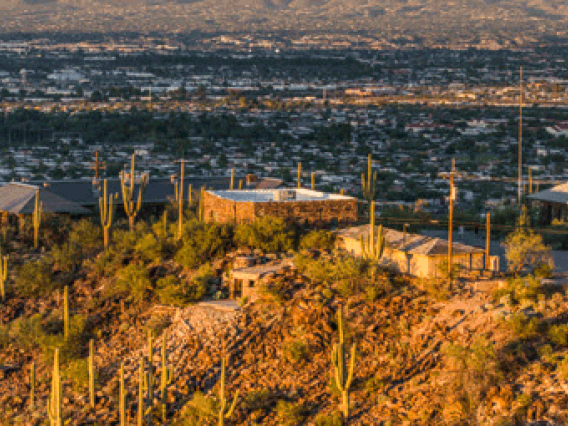Research at the Desert Laboratory is ongoing, focused on the Sonoran Desert, place-based research on Tumamoc Hill, and transdisciplinary research projects. Click on each project below to learn more about the research and research teams.

The agave-human symbiosis project is bringing together a broad collaborative working group to establish a biocultural sanctuary of agaves, emphasizing domesticates, on Tumamoc Hill to create an educational and research common garden utilizing the historic Indigenous technology found in the archaeological agave fields of the greater Southwest.

The Desert Laboratory is actively working with the Arizona-Sonora Desert Museum to use Tumamoc Hill as a model site for buffelgrass control and restoration.

Click through to see the active, place-based research taking place on Tumamoc Hill.

